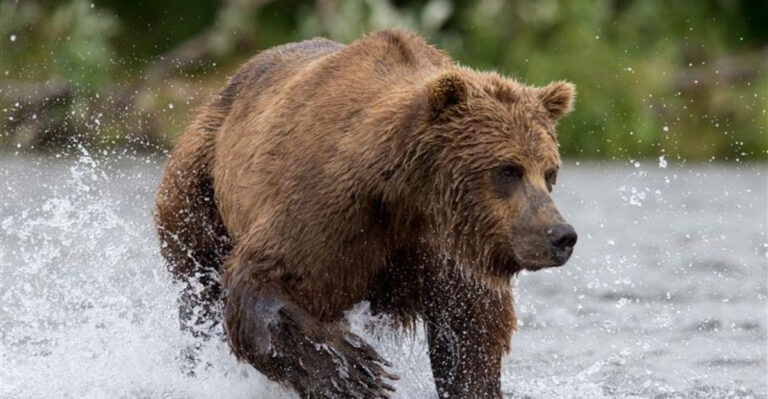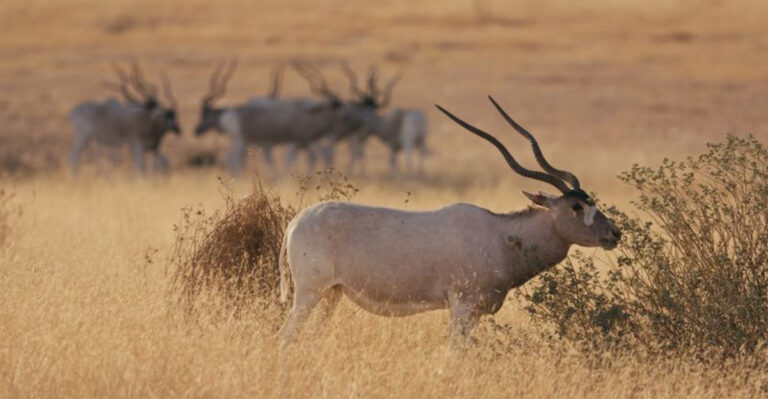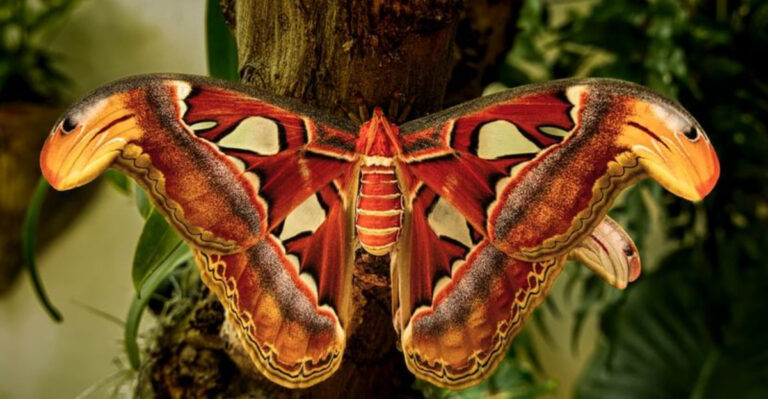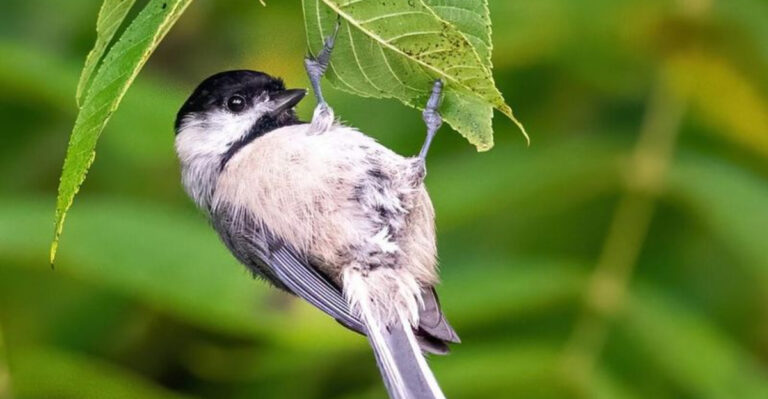Meet 16 Incredible Big Cats That Rival The Tiger In Beauty And Power
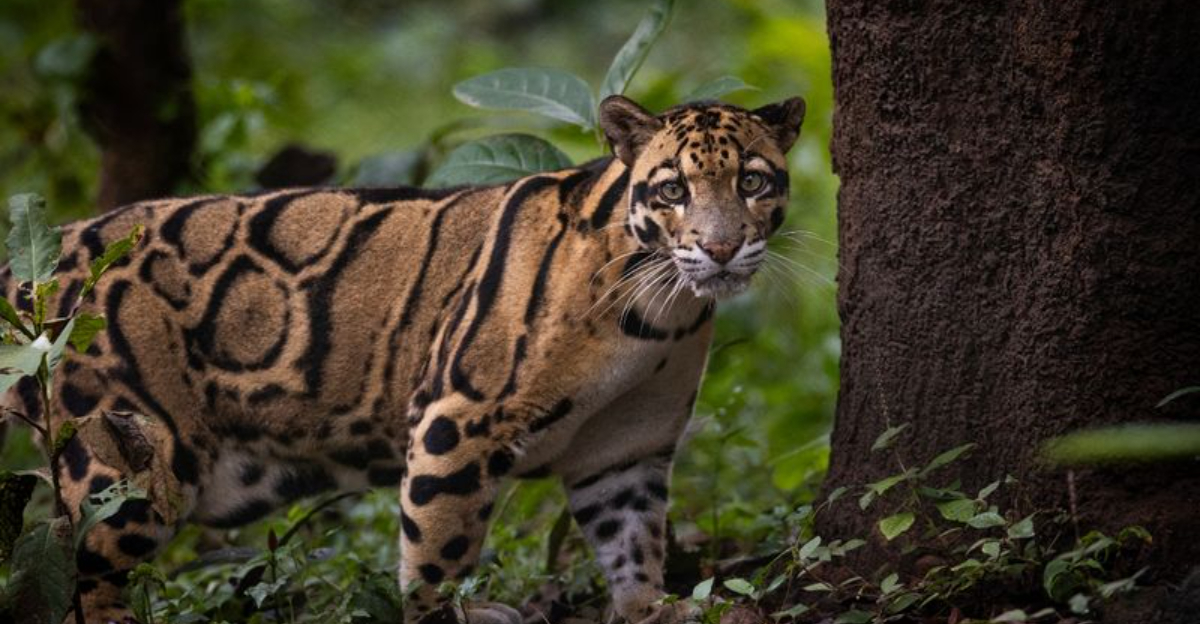
While the tiger often reigns supreme in the realm of big cats, there are many other magnificent felines that match its beauty and power. From the elusive snow leopard of the Himalayas to the regal lion of the African savannas, these majestic creatures capture our imagination and inspire awe.
Their unique adaptations and striking appearances make them wonders of the animal kingdom, each with its own story to tell. This article explores sixteen such big cats, each more captivating than the last.
1. Lion
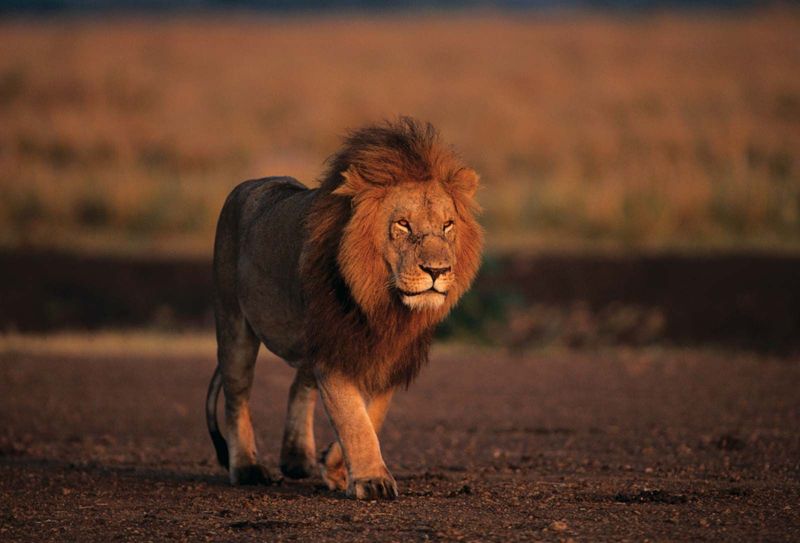
The lion, often dubbed the ‘king of the jungle,’ exudes power and grace. Male lions, with their striking manes, command the pride and protect their territory. Females, agile and swift, are the primary hunters, showcasing teamwork and strategy.
Found across the African continent, lions are social creatures, living in prides that provide support and protection. Their roars echo across the savanna, a symbol of dominance and communication.
2. Snow Leopard
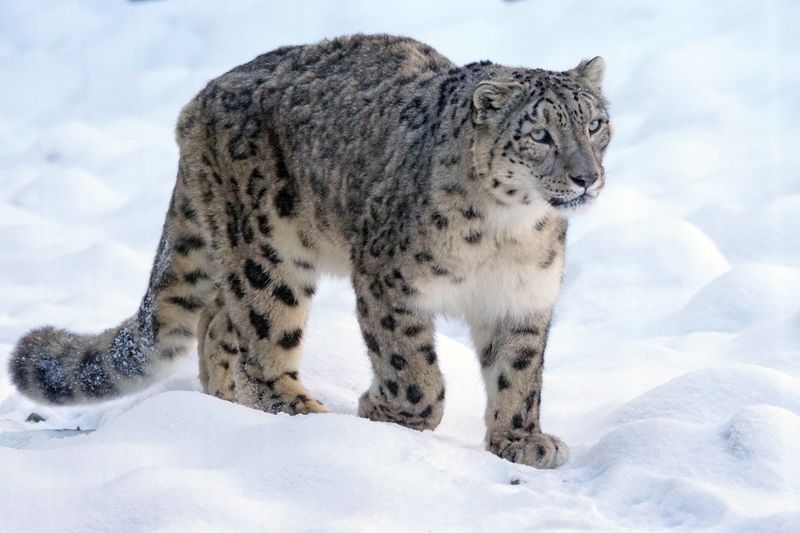
Snow leopards, known as the ‘ghosts of the mountains,’ are elusive and mysterious. Their thick, spotted fur provides camouflage in the snowy landscapes of Central Asia.
With powerful hind legs, they leap great distances, navigating the rugged terrain with ease. These solitary hunters primarily prey on mountain sheep and goats.
3. Jaguar
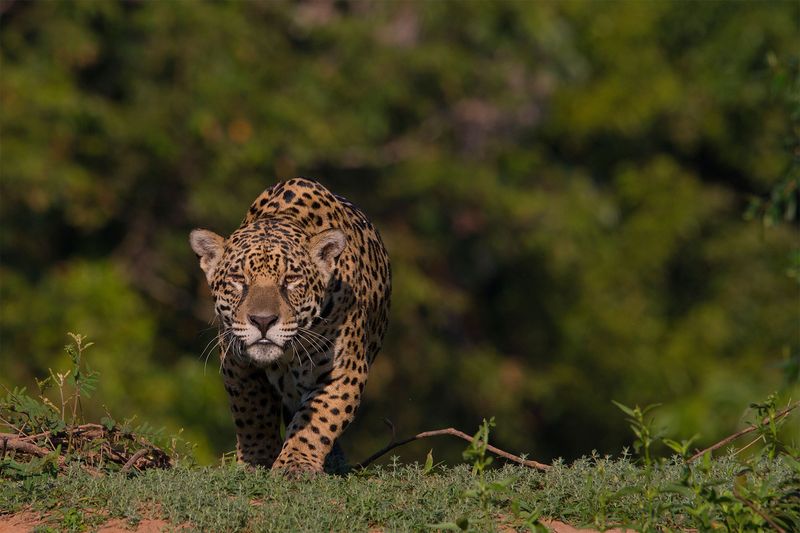
The jaguar, native to the Americas, is a symbol of raw power and stealth. With a bite force capable of crushing skulls, it is one of the most formidable predators in the jungle.
Their beautiful, rosette-patterned coats blend seamlessly with the rainforest environment, providing effective camouflage while stalking prey. Jaguars are solitary and territorial, with large ranges that they fiercely defend.
4. Leopard
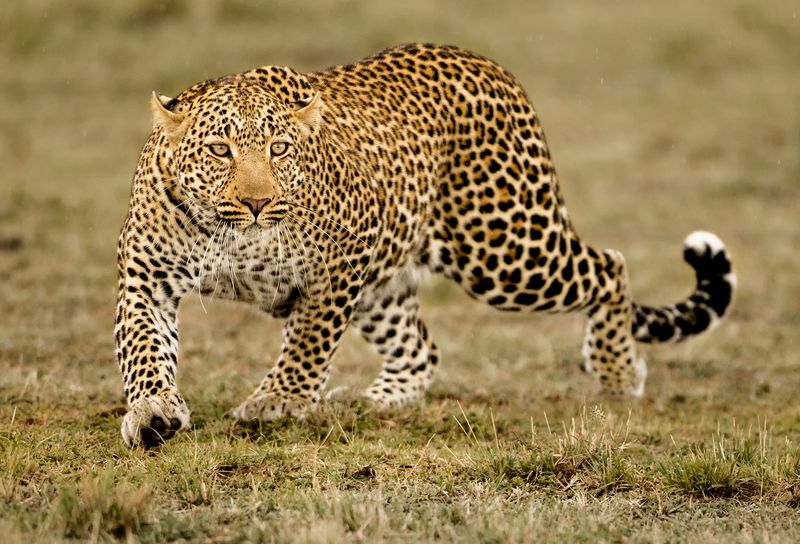
Leopards are known for their adaptability and cunning nature. Found in various habitats, from African savannas to Asian forests, they thrive in diverse environments.
With muscular builds and keen senses, leopards are expert stalkers, often dragging heavy prey up trees to avoid scavengers.
Their spotted coats offer superb camouflage, making them elusive and challenging to spot in the wild. Leopards are solitary animals, showcasing independence and resilience in the wild, contributing to ecological balance.
5. Cheetah
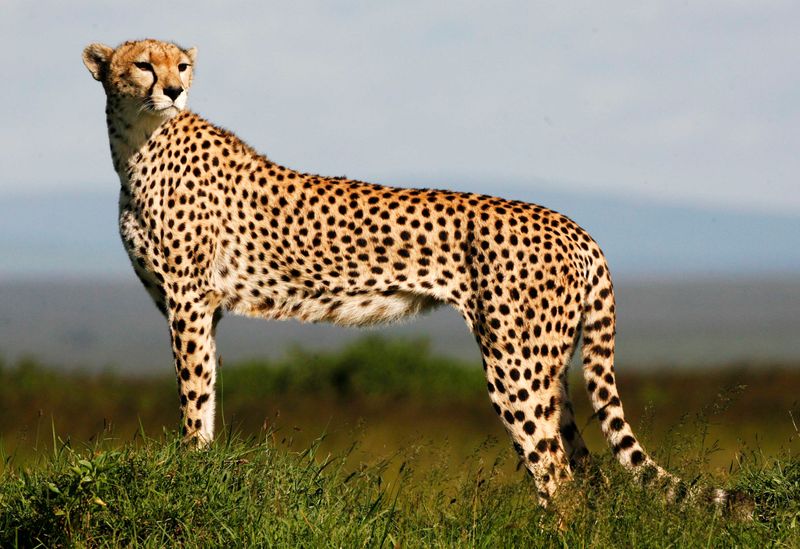
Cheetahs are the epitome of speed and agility, reaching speeds of up to 60 mph in short bursts. Their slender bodies and long legs are perfectly adapted for rapid acceleration.
Found primarily in Africa, cheetahs rely on their keen eyesight to spot prey from vast distances, using explosive speed to catch it.
While not the largest of big cats, their unique adaptations make them unparalleled sprinters. Unfortunately, habitat loss and human conflict threaten their survival, making conservation efforts critical.
6. Puma
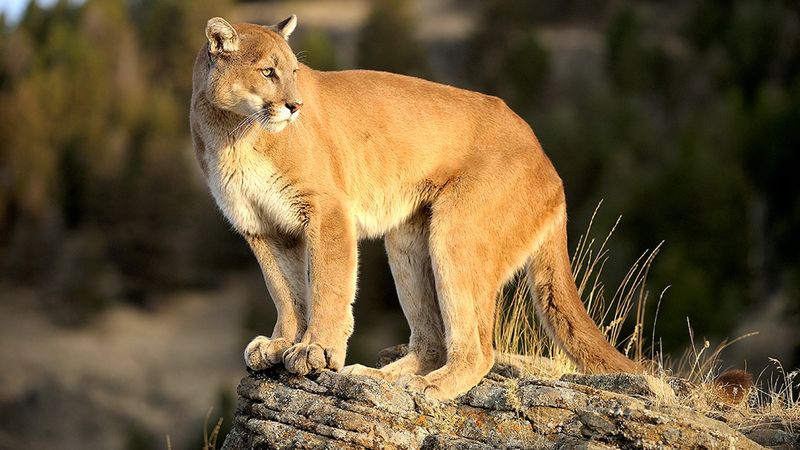
Pumas, or cougars, are versatile predators found across the Americas. Their tawny coats and strong, agile bodies allow them to thrive in diverse climates, from forests to deserts.
Pumas are solitary and elusive, using stealth and strategy to hunt deer and other prey. They are powerful jumpers, capable of leaping great distances. Their adaptability has earned them the nickname ‘ghost of the wilderness.’
7. Clouded Leopard
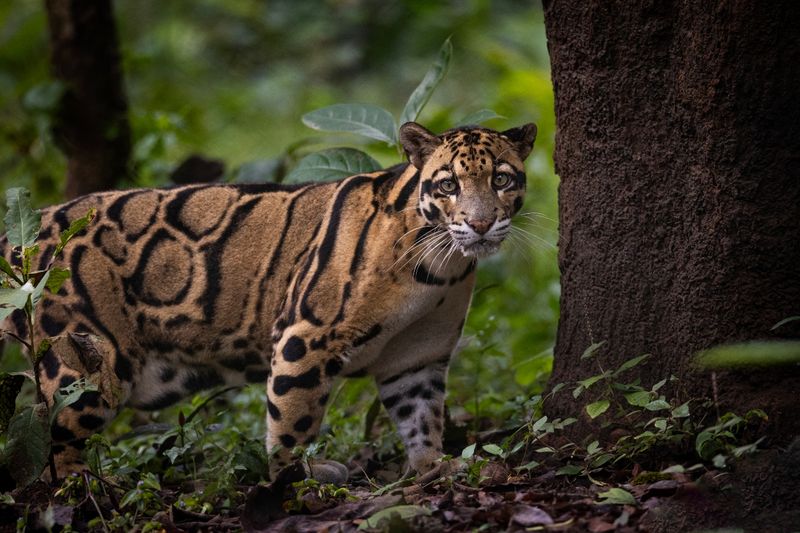
The clouded leopard, with its strikingly unique coat, inhabits the dense forests of Southeast Asia. Its distinctive markings are both beautiful and functional, providing camouflage amidst the foliage.
Clouded leopards are equipped with long canine teeth and strong jaws, adept at hunting birds and small mammals. Their arboreal skills are unmatched, as they navigate through the trees with agility.
Despite their name, they are not true leopards but hold their own as remarkable predators in their habitat.
8. Eurasian Lynx
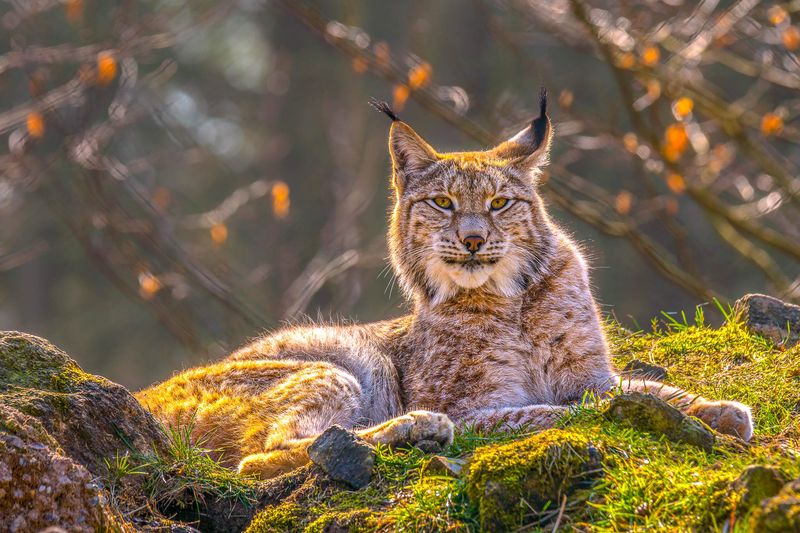
Eurasian lynxes are medium-sized cats with impressive tufted ears and thick fur, adapted to cold climates. Found across Europe and Asia, they primarily hunt deer and small mammals.
These solitary hunters rely on stealth and patience, often ambushing prey with precision. Their powerful legs allow them to leap significant distances. Their presence is crucial for controlling prey populations, ensuring ecological balance in their habitats.
9. Caracal
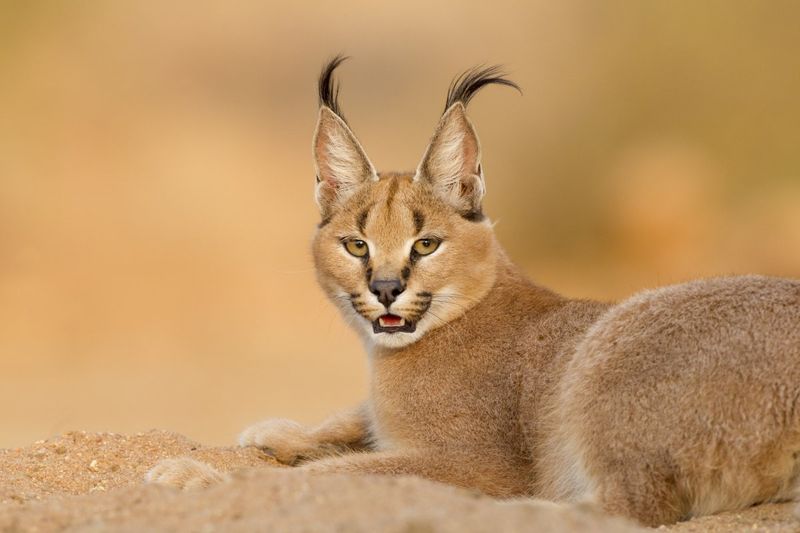
Caracals, recognizable by their striking ear tufts, are medium-sized cats found in Africa and parts of Asia. Their sleek, muscular bodies are built for speed and agility.
These solitary hunters are adept at catching birds mid-flight, showcasing remarkable jumping abilities. Caracals can leap up to 10 feet into the air. While primarily nocturnal, they adapt to varying environmental conditions, making them versatile predators.
10. Serval
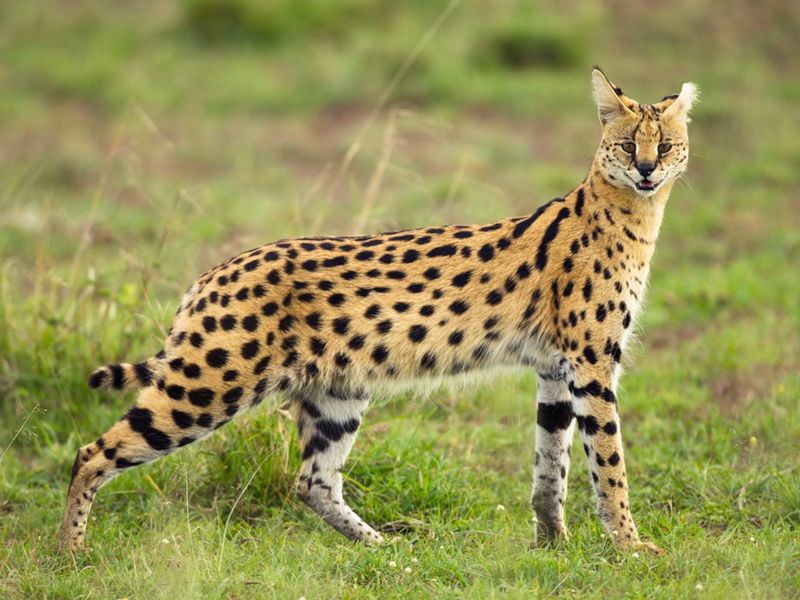
Servals are slender, long-legged cats with oversized ears, perfectly adapted for detecting prey in tall grasslands. Found in sub-Saharan Africa, they are expert hunters.
Their remarkable hearing allows them to detect rodents and birds even when hidden. With a unique hunting style, servals pounce on their prey from a distance.
Though solitary by nature, servals play a critical role in controlling rodent populations, contributing to the health of their ecosystems.
11. Ocelot
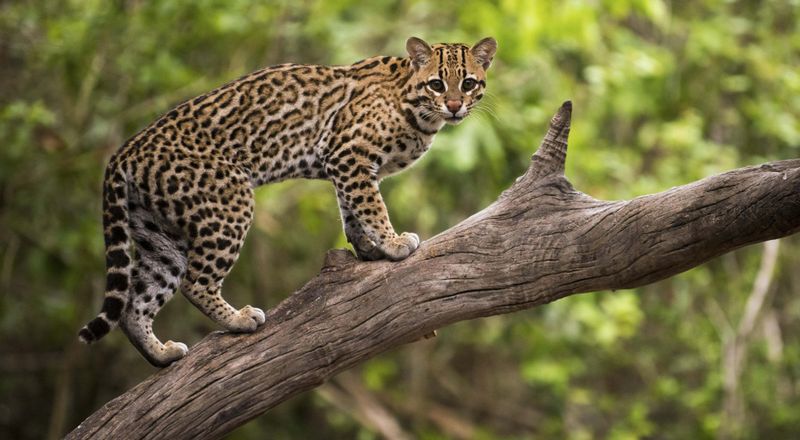
Ocelots, with their strikingly beautiful coats, are small felines native to the jungles of South America. Their rosette and stripe patterns provide excellent camouflage.
These nocturnal hunters rely on stealth to catch small mammals and birds. Agile and adept climbers, ocelots often hunt both on the ground and in trees.
Despite facing threats from habitat destruction and poaching, ocelots continue to thrive in many regions, a testament to their adaptability.
12. Fishing Cat
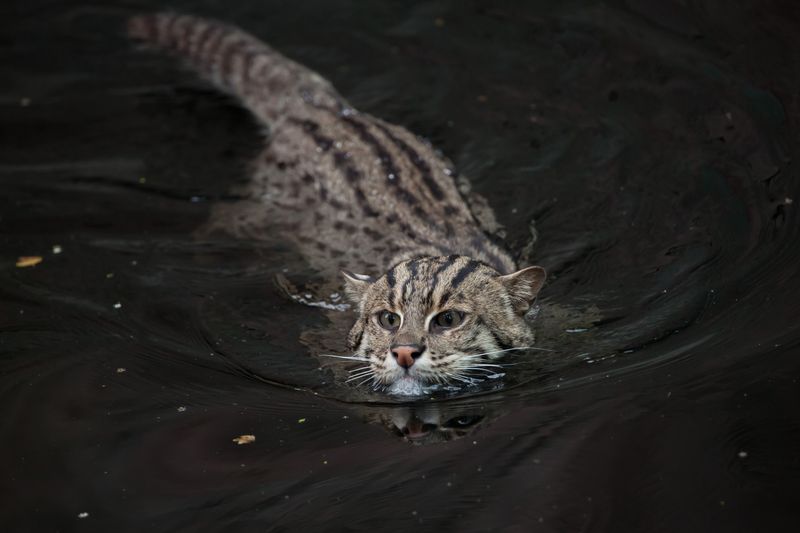
Fishing cats are unique among felines for their affinity for water. Found in wetlands of South and Southeast Asia, they are skilled swimmers.
With partially webbed feet, they hunt fish and other aquatic creatures, using their sharp claws to capture slippery prey. Their dense fur keeps them warm and dry during their aquatic escapades. These solitary cats are crucial for wetland ecosystems, maintaining fish populations.
13. Black Panther
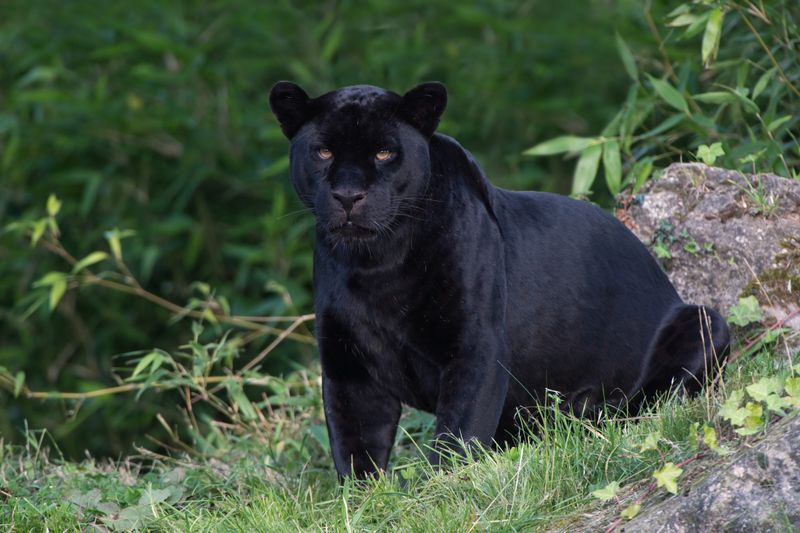
Black panthers are not a distinct species but rather leopards or jaguars with melanistic coats. Their dark coloration provides a striking and mysterious appearance.
Primarily found in dense jungles, they rely on stealth and surprise to capture prey, showcasing their prowess as silent hunters. Their intense gaze and muscular build add to their enigma.
Their rarity and elusive nature have fueled myths and legends, captivating the imagination of cultures worldwide.
14. Sumatran Tiger
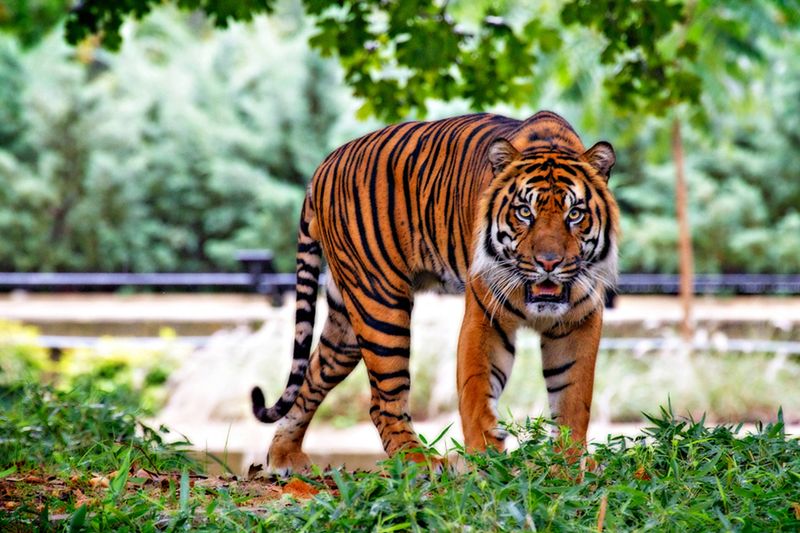
Sumatran tigers, the smallest of the tiger subspecies, are critically endangered. Their narrow stripes and compact build allow them to navigate dense rainforests with agility.
These solitary hunters rely on stealth and strength to capture prey, playing a vital role in their ecosystem by controlling herbivore populations.
Conservation efforts are crucial to their survival, as habitat loss and poaching continue to threaten their existence.
15. Asian Golden Cat
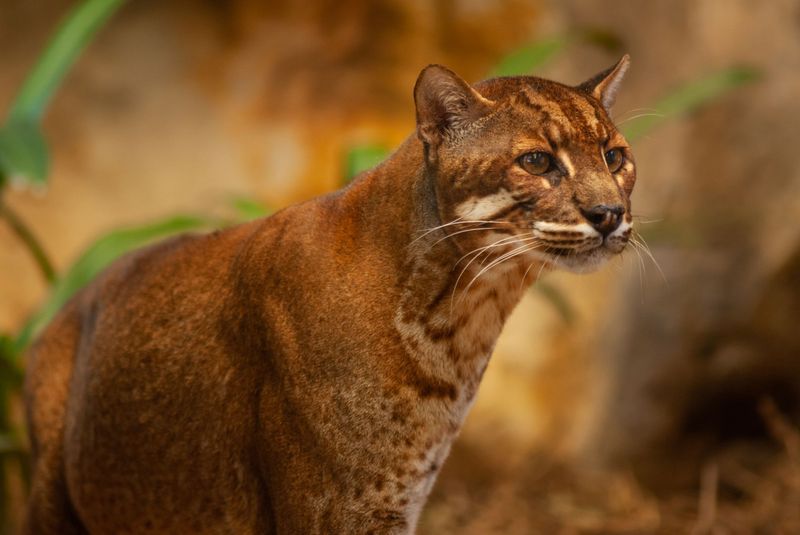
Asian golden cats, named for their vibrant coats, inhabit the forests of Southeast Asia. Their fur color ranges from golden to dark brown, providing effective camouflage.
These solitary cats are versatile predators, hunting birds, small mammals, and reptiles. Their adaptability allows them to thrive in various habitats.
Despite their elusive nature, they are vital for controlling prey populations, maintaining ecological balance.
16. Amur Leopard
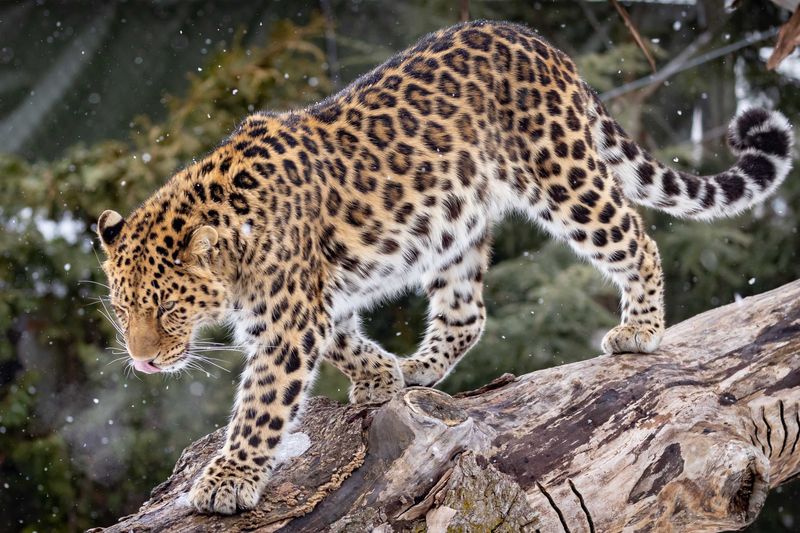
Amur leopards are critically endangered, with fewer than 100 individuals remaining in the wild. Their thick, spotted coats are well-suited for cold climates.
These solitary hunters are highly adaptable, capable of surviving in harsh environments. They primarily hunt deer and small mammals, showcasing remarkable stealth and precision.
Conservation efforts are essential to their survival, as habitat loss and poaching continue to threaten their existence.

